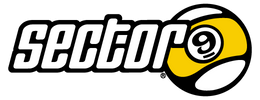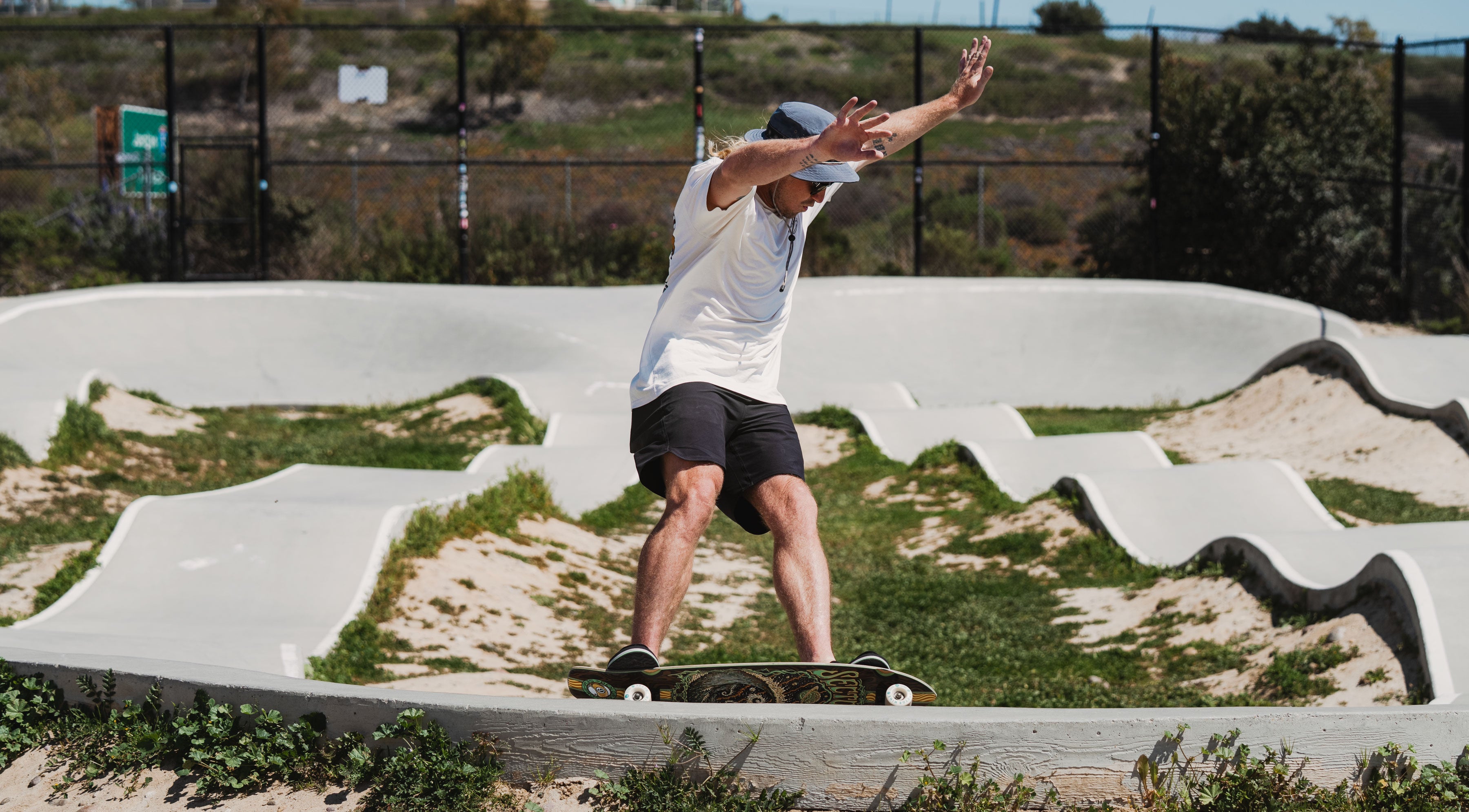Best Skateboard for Beginners Based on Riding Style
Getting into skateboarding isn’t just about picking any board off the wall—it’s about finding one that fits your vibe. Are you commuting, cruising, carving, or curious about park tricks? No matter your goal, the best beginner skateboard is the one that feels good under your feet and matches where (and how) you want to ride.
At the start of your skateboarding journey, the right setup will build confidence and keep you stoked. So instead of asking what's the best skateboard for beginners?—let’s flip it. What kind of rider are you becoming?
Below, we break down beginner-friendly board styles using familiar riding types: Sidewinder, Crusher, Carving, Freeride, Commuter, and Park. Each has its strengths, and one might just be your perfect match.
SIDEWINDER – Long Carves, Tight Turns
If you’re into wide, flowy rides but want the ability to turn on a dime, Sidewinder-style boards are your go-to. Their unique double-pivot skateboard trucks create a super tight turning radius—great for mellow hills, carving, and cruising neighborhoods.
Best for:
- New skaters who want stability with maneuverability
- Learning smooth carving without needing high speed
- A complete skateboard with a wider deck and soft wheels
These boards ride long but turn short, giving beginner skateboarders more control. It’s like a longboard that learned to dance.
Wander Wings
CRUSHER – All-Terrain, Do-It-All Setups
The Crusher style is for riders who want to try a bit of everything. These boards are built for flatland tricks, light parkruns, boardwalk cruising, and smoothing out your commute. These boards have the classic cruiser skateboard style and are rugged, reliable, and always ready.
Best for:
- Skaters unsure where they’ll ride most
- Those wanting a setup that can handle bumps, cracks, and skate parks
- Beginners seeking a good quality board with versatile skateboard wheels
If you’re not sure where you’ll end up, but want to crush it along the way, this might be your best beginner skateboard bet.
Hopper Hoopla

CARVING – Smooth Lines and Grip
Carving-style skateboard setups are great for beginner skateboarders who want control and comfort in their turns. These boards often use lipped soft wheels that grip the ground, helping you hold your line while still flowing downhill.
Best for:
- Riders who want to learn how to turn and flow with confidence
- Practicing control on paths, sidewalks, and mellow hills
- Complete skateboards built with longer decks and grippy skateboard wheels
- They’re the ride of choice for those who want to skate like they’re surfing pavement.
Lookout Roots
FREERIDE – Slide, Trick, Repeat
If you’re more of a hands-on learner who wants to explore flat ground tricks, basic slides, and some low-speed carves, freeride-style boards offer a great intro. The skateboard size is usually mid to long with responsive deck shapes for better control during slides.
Best for:
- Curious beginner skateboarders ready to try their first slide
- Riders who want a hybrid of cruising and technical skills
- Boards with symmetrical deck shapes, soft wheels, and playful flex
Great for progression, freeride boards let you grow into your style without locking you into just one way to ride.
Dropper Dream
COMMUTER – Low, Fast, and Easy to Push
If you’re eyeing the sidewalk commute instead of traffic, commuter-style boards are where it’s at. These sit lower to the ground for easier pushing and feature larger skateboard wheels for speed and smoothness.
Best for:
- Skaters who want to travel distances with ease
- Anyone who values speed, flow, and less foot fatigue
- A complete skateboard with a longer wheelbase and comfort-first design
Pair one of these with skate shoes and you’ve got the ultimate setup to cruise to class, work, or wherever life flows.
PARK – Tricks, Transitions, and Skateparks
Want to learn flips, ollies, and grind transitions? Then a Park-style board—also called a standard skateboard—is the classic starting point. These boards use a popsicle shape, typically pressed with kicks on both ends for tricks.
Best for:
- Beginner skateboarders focused on skate park progress
- Riders ready to learn ollies, shove-its, and ramp basics
- Setups with a balanced skateboard deck size, hard wheels, and snappy pop
While there’s a steeper learning curve, these are the best skateboards for beginners serious about getting into technical riding.
Ditch Witch Coyote
Beginner’s Guide to Skateboard Components
Whatever your riding style, a few components matter for all beginner skateboards:
Skateboard Deck
- Look for a wider deck for balance
- Skateboard deck size varies based on your shoe size and style goals
Skateboard Trucks
- Match your skate trucks width to the deck
- Choose setups based on turning style (loose for carving, tight for tricks)

Skateboard Wheels
- Soft skateboard wheels = smooth rides and grip (great for cruising, commuting)
- Hard wheels = better for tricks and skate park surfaces

Complete Skateboards
- A complete skateboard means it’s ready to roll
- Look for good quality builds with components that match your skill level
Ready to Ride?
At the end of the day, the best skateboard for beginners is the one that keeps you coming back for more. Whether you’re cruising home, carving a path, or gearing up for your first trick, there’s a style—and a board—waiting for you.
So pick your riding style and let your skateboarding journey begin.






